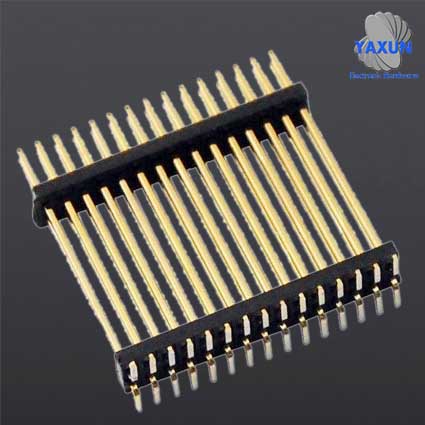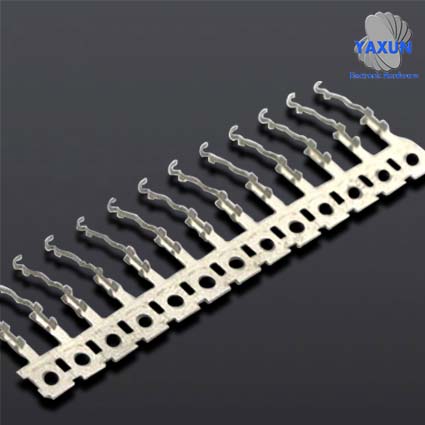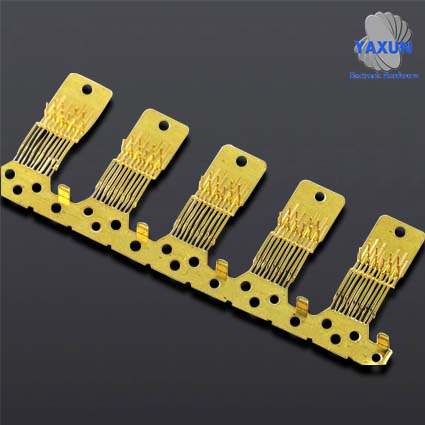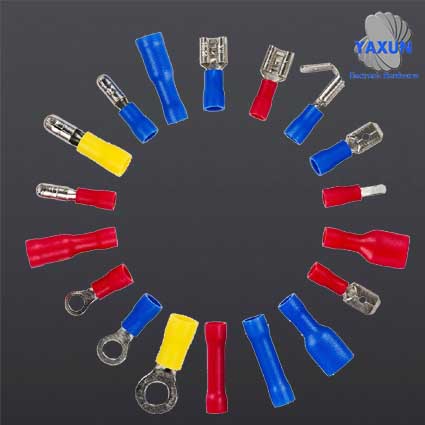The Main Functions of Precision Stamping Shrapnel
- PRODUCT DETAIL
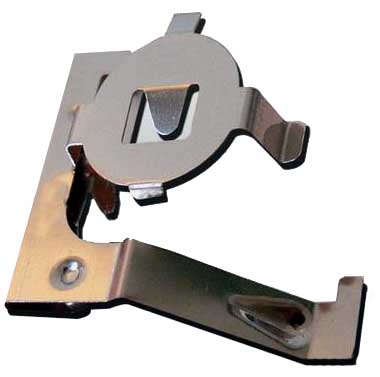
The stamped shrapnel is the most widely used due to its simple manufacture, and can be made into various types according to the load condition, and its structure is simple.
Generally speaking, the manufacturing materials of precision shrapnel should have high elastic limit, fatigue limit, impact toughness and good heat treatment performance. Commonly used are carbon shrapnel steel, alloy shrapnel steel, stainless shrapnel steel, copper alloy, nickel alloy and rubber. Shrapnel manufacturing methods include cold rolling and hot rolling. Shrapnel wire diameter less than 8 mm generally uses the cold rolling method, and larger than 8 mm uses the hot rolling method. Some stamped shrapnels need to be subjected to strong pressure or shot peening after they are made to improve the load-bearing capacity of the shrapnels. Stamped shrapnel is a kind of elastic element widely used in machinery and electronic industries. Metal shrapnel can produce greater elastic deformation when loaded, and convert mechanical work or kinetic energy into deformation energy. After unloading, the deformation of the shrapnel disappears and returns to its original state, transforming the deformation energy into mechanical work or kinetic energy.
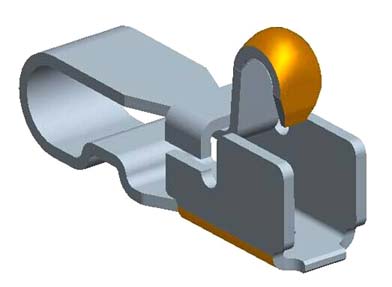
Most materials have varying degrees of flexibility. If you bend it, it will restore its original shape with great strength. In human history, we must have noticed that the branches of saplings and young trees are very flexible. Because many primitive cultures take advantage of this feature, a stick is wedge behind a special door or cage, or a slip knot is used to pull down on a pole; Once the tension is released, the stick or rod will rebound. Use this method to catch birds and beasts. In fact, the bow uses the elastic shrapnel of the young tree in this way; First draw the bow back, then let go to let it rebound. In the Middle Ages, this idea began to appear in machinery, such as textile machines, lathes, drilling machines, surface grinding machines and saws.
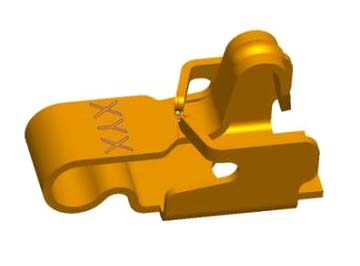
1. Control the movement of machinery, such as valve springs in internal combustion engines, control shrapnels in clutches, etc.
2. Absorb vibration and impact energy, such as the buffer shrapnel under the car and train carriage, the vibration-absorbing shrapnel in the coupling, etc.
3. Store and output energy as power: such as shrapnel from clocks and watches, shrapnel from firearms, etc.
4. Used as a force measuring element, such as a force measuring device, shrapnel in a shrapnel scale, etc. The ratio of load to deformation is referred shrapnel shrapnel stiffness, the greater the stiffness, the harder the shrapnel. According to the nature of the force, shrapnel can be divided into stretch shrapnel, compressed shrapnel, twisted shrapnel and curved shrapnel. According to the shape, it can be divided into dish-shaped shrapnel, annular shrapnel, plate shrapnel, spiral shrapnel, truncated cone scroll shrapnel and torsion bar shrapnel.
2. Absorb vibration and impact energy, such as the buffer shrapnel under the car and train carriage, the vibration-absorbing shrapnel in the coupling, etc.
3. Store and output energy as power: such as shrapnel from clocks and watches, shrapnel from firearms, etc.
4. Used as a force measuring element, such as a force measuring device, shrapnel in a shrapnel scale, etc. The ratio of load to deformation is referred shrapnel shrapnel stiffness, the greater the stiffness, the harder the shrapnel. According to the nature of the force, shrapnel can be divided into stretch shrapnel, compressed shrapnel, twisted shrapnel and curved shrapnel. According to the shape, it can be divided into dish-shaped shrapnel, annular shrapnel, plate shrapnel, spiral shrapnel, truncated cone scroll shrapnel and torsion bar shrapnel.

